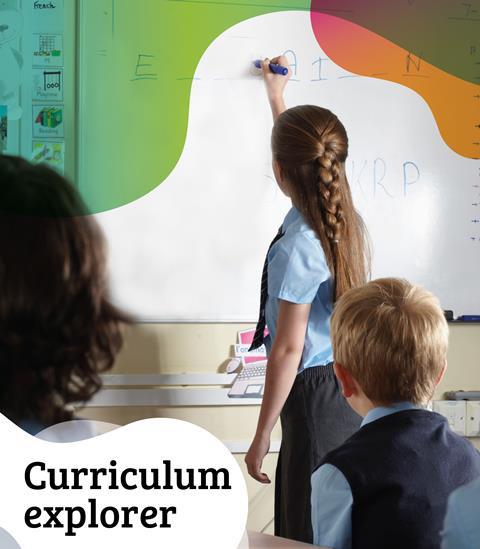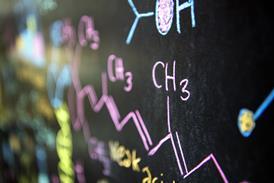All Class experiment articles – Page 6
-
 Class experiment
Class experimentThe reactivity of the group 2 metals
Compare group 1 and group 2 metals with this practical that shows their reactivity rates, where students can take control of their own observations and come to their own conclusions
-
 Class experiment
Class experimentProducing a foam
Explore foams and their properties in this experiment, so students learn how foam is produced and produce their own. Includes kit list and safety instructions.
-
 Class experiment
Class experimentElectricity from chemicals
Use various metals, in pairs, and n electrolyte to form a cell. Then observe the formation of ions around the reactive metal, and compare the speed with which they form around the less reactive metal. Includes kit list and safety instructions.
-
 Class experiment
Class experimentThe electrolysis of solutions
Electricity is passed through various solutions and the products are identified. Includes kit list and safety instructions
-
 Class experiment
Class experimentThe volume of 1 mole of hydrogen gas
Understand the volume of one mole of hydrogen gas through a magnesium and acid reaction, taking note of the temperature and pressure. Includes kit list and safety instructions.
-
 Class experiment
Class experimentThe effect of temperature on reaction rate
Discover more about collision theory in this practical, where a sodium thiosulfate and hydrochloric acid mixture produce an interesting reaction. Includes kit list and safety instructions.
-
 Class experiment
Class experimentThe effect of concentration and temperature on reaction rate
Reaction rate can be altered by many things, in this practical students explore how temperature and concentration effect reaction in an closer look at kinetics. Includes kit list and safety instructions.
-
 Class experiment
Class experimentReacting elements with oxygen
Different members of the periodic table will exhibit different reactions when exposed to oxygen, often through heating. This practical supports students to understand the diversity of chemicals and their principles.
-
 Class experiment
Class experimentCreating an effervescent universal indicator ‘rainbow’
This quick practical uses existing chemicals in your learning space, for students to observe the effervescent reaction that causes universal indicator to create a ‘rainbow’ of colour. Kit list and safety instructions included.
-
 Class experiment
Class experimentThe reaction of magnesium with steam
Plunge a burning magnesium ribbon into the steam above boiling water and allow the hydrogen that is formed to burn – or collect it over water and test it with a lighted spill.
-
 Class experiment
Class experimentMaking a reaction tube
Guide students through this practical to create a reaction tube. Includes kit list and safety instructions.
-
 Class experiment
Class experimentProperties of the transition metals and their compounds
Student discover the diversity of transition metals in this practical that puts their knowledge of these common elements to the test. Includes kit list and safety instructions.
-
 Class experiment
Class experimentDisappearing ink
Explore the reaction between acids and bases as students create disappearing ink, in this favourite classroom practical.
-
 Class experiment
Class experimentTesting salts for anions and cations
A full range of chemicals will guide students into discovering how to identify the composition of unknown substances. Includes kit list and safry instructions.
-
 Class experiment
Class experimentRubber band experiment
A rubber band, a hairdryer, and a curious mind will see students discover the principles of heat based reactions. Includes kit list and safety instruction.
-
 Class experiment
Class experimentChemistry and electricity
Create coloured writing from acids, alkali, and salt solution, all activated through electrolysis.
-
 Class experiment
Class experimentA Cartesian diver
An old favourite experiment, the Cartesian diver is easy for students to complete. Explore important ideas that build a foundation of knowledge.
-
 Class experiment
Class experimentViscosity
Compare the viscosity of thick and thin liquids in this experiment, which gets young learners exploring how viscosity alters the speed of an air bubble through the substances. Includes kit list and safety instructions.
-
 Class experiment
Class experimentThe oxidation states of vanadium
Introduce your students to the idea that different oxidation states of transition metal ions often have different colours, and that electrode potentials can be used to predict the course of the redox reactions. Includes kit list and safety instructions.
-
 Class experiment
Class experimentBurning milk powder
Gather a Bunsen burner, and some common powdered milk to help students grasp the ideas of surface area and reaction rates. Includes kit list and safety instructions.











